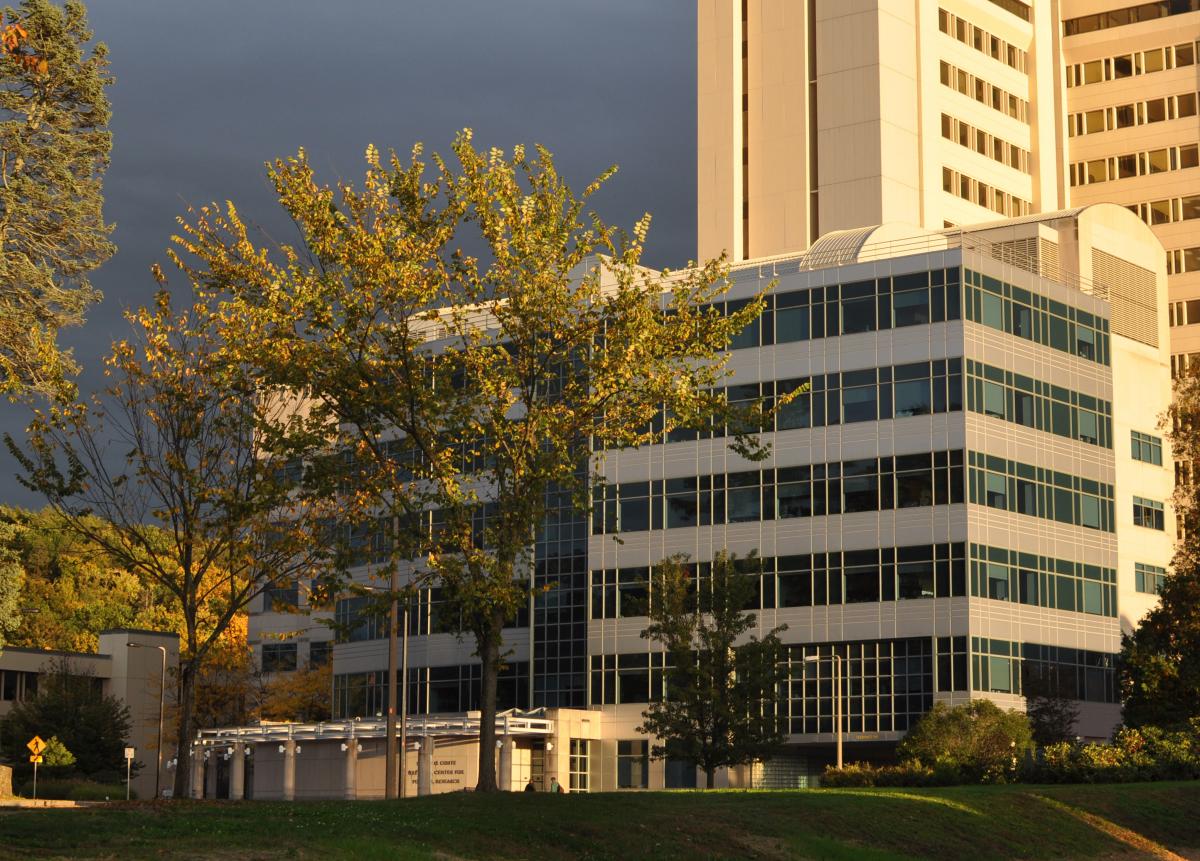The Muthu Polymer Group is a part of the Department of Polymer Science & Engineering at the University of Massachusetts in Amherst, located in the Silvio O. Conte National Center for Polymer Research. A wide variety of synthesis, manufacturing, and characterization techniques are readily available through shared department equipment in order to explore various fields of polymer physics, chemistry and engineering. These include atomic force microscopy, x-ray scattering, NMR, light scattering, electron microscopy, rheometry, nanofabrication, and process engineering.
Resources owned by the Muthu Polymer Group are detailed below.

The Small-Angle-Light Scattering (SALS) Laboratory consists of instrumentation necessary to measure the intensity of scattered light from a sample at various angles. Incident light is generated from a 632.8 nm 30 mW He-Ne laser, and the intensity of the scattered light profile is recorded using a charge coupled device camera. A scattering vector q range corresponding to sizes from 0.2 μm to 2 μm is achievable. Simultaneous turbidity measurements are possible through the use of a photodiode. Two polarizers are installed to enable H-V and V-V measurements.
Cell culture capabilities include expression and purification of proteins as well as modification and amplification of DNA using PCR techniques.